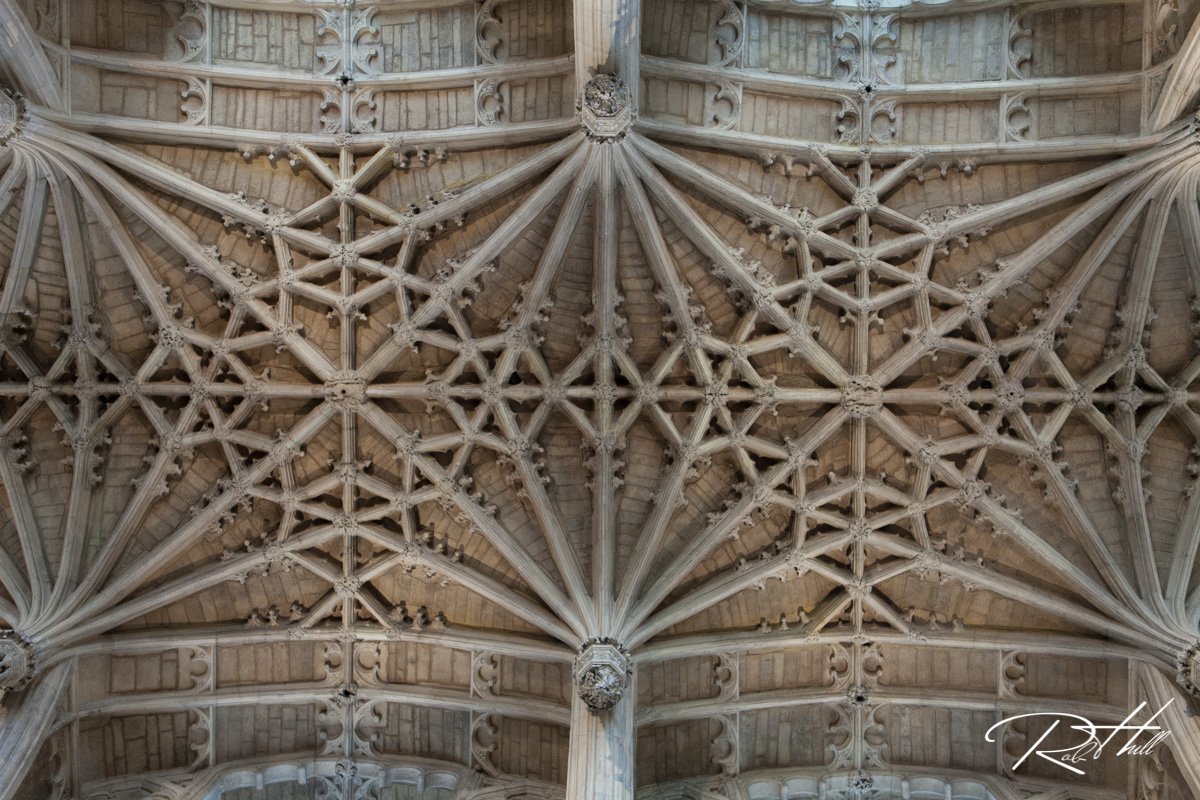Whenever you capture a photograph, you choose how all the visual elements in your image are arranged. Artists follow eight principles of art that deal with how these elements are organized. One of these is balance, which refers to how all the visual elements are arranged in your image. A well-balanced photograph feels comfortable to look at. With minor personal variations, everyone has similar feelings about what makes a photograph balanced.
One form of balance is symmetry. It’s a familiar and quite common concept, especially in architecture and nature. Symmetry can be very effective when creating photographic images. One definition of symmetry is “the quality of being made up of exactly similar parts facing each other”. A mirror image, like that in a Rorschach test, is considered symmetrically balanced, as is a mirror-like reflection in an Autumn lake.
But symmetry does not need to be an exact mirror image. When you add a touch of variety to the image, it is referred to as approximate symmetry. When using approximate symmetry, elements on either side of the image are similar in size, shape, and number but are not mirror images of one another. They can still be considered symmetrical and balanced as long as they maintain these similarities.
Symmetry can be linear, displayed on either side of a line, or radial, a pattern that radiates out from a central point. Think in terms of spokes on a bicycle wheel. But radial symmetry does not have to be circular. Radial symmetry can be found in squares, octagons, stars, and more. Mother nature uses radial symmetry in flowers and snowflakes.
Symmetry is just one element of compositional design. Like any ingredient in a great recipe, it must be used in balance with other ingredients. Remember too that symmetrical images tend to be static and not dynamic. Make sure that static symmetry helps tell the story.
The more symmetrical an image, the more any slight variation will stand out. If you are trying to create a vertically symmetrical image, even slightly off-center becomes very distracting.





